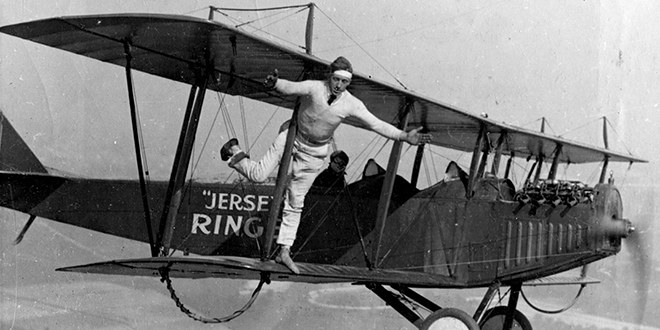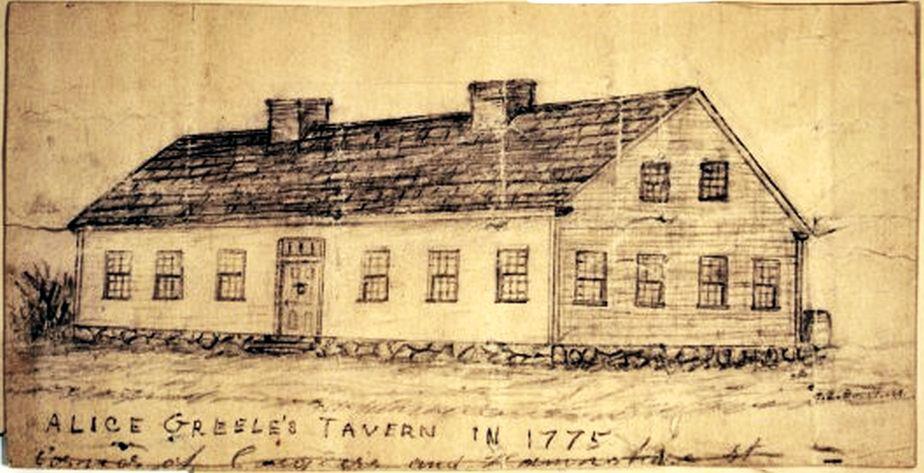
Here’s a look at the top stories from a decade ago in November 2008:
-
- Olive Cafe took over the space formerly occupied by Mike Keon’s restaurant One-Eyed Jack on Commercial Street.
- Steve Corry was quoted in an article for Single Edition, “The way we see it is that if someone is willing to come in alone to dine with us then he/she has an elevated level of expectation that we will strive to exceed.”
- Hugo’s held the 8th Annual Potato Dinner, “7-course meal featuring Maine grown potatoes and other root vegetables”
- Dean’s Sweets opened at the original location on Middle Street on November 22nd.
- The Maine episode of Bizarre Foods with Andrew Zimmern aired.
- Both Binga’s Wingas and Al-Mustaqim Halal Market were damaged by a three-alarm blaze in Bramhall Square. The Binga’s building was replaced by Peloton Labs, but the Al-Mustaqim space has just undergone considerable renovation and is now in 2018 available for lease.
- A campaign called Take Back the Tap was having some success in getting restaurants to stop serving bottled water.
